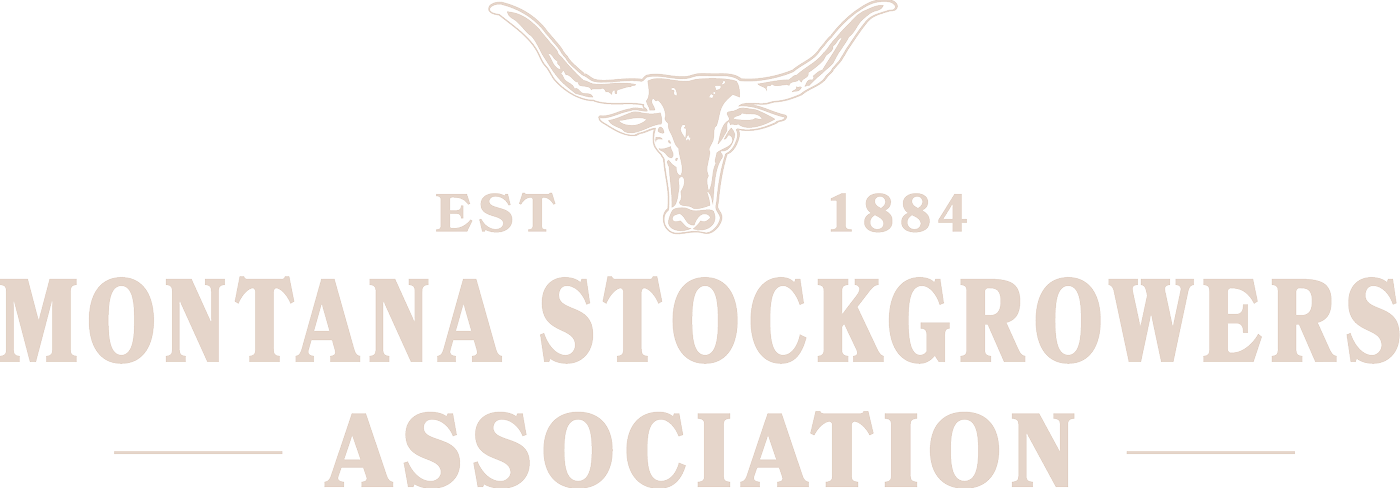by Megan Van Emon, MSU Extension Beef Cattle Specialist
Although the majority of the state has had ample rain this year, it’s good to be prepared when a drought does occur. Drought preparedness is especially crucial when multi-year droughts occur. I am currently working with several scientists on a drought resilience study: Identifying mechanisms of rangeland drought resilience: management strategies for sustainable ecosystem health.
Key Personnel
- Sally Koerner, Assistant Professor, University of North Carolina – Greensboro
- Lauren Porensky, Ecologist, USDA-ARS Rangeland Resources & Systems Research, Fort Collins, CO
- Kevin Wilcox, Ecologist, USDA-ARS Rangeland Resources & Systems Research, Fort Collins, CO
- Kim La Pierre, Senior Scientist, Smithsonian Environmental Research Center
- Kurt Reinhart, Ecologist, USDA-ARS Range, and Livestock Research, Miles City, MT
- Megan Van Emon, Extension Beef Cattle Specialist/Assistant Professor, Montana State University
Long-Term Goals
- Examine the resilience of rangeland function under various magnitudes of drought
- Assess the impacts of realistic grazing strategies on long-term sustainability and resilience of rangeland function, both during and after extreme droughts
- Provide relevant information and tools to land managers to optimize management strategies focused on long-term forage quantity and quality after extreme droughts
Supporting Objectives
- Identify drought-driven “tipping points”, where forage quantity and quality suffer disproportionately large declines
- Quantify drought impacts on plant community structure and soil properties
- Explore the direct and indirect mechanisms controlling forage quality and quantity responses to drought
- Assess rancher philosophies concerning grazing during and after multi-year droughts
- Examine how realistic grazing strategies during/after drought effect plant community structure, soil abiotic and biotic properties, and forage quality and quantity
- Promote stakeholder implementation of research findings through producer-based meetings, extension bulletins, local field days, and non-traditional web-based learning as well as the development of an online management tool
Research Sites
- Fort Keogh Livestock and Range Research Laboratory, Miles City, MT
- Thunder Basin National Grassland, Northeastern WY
Key Activities
- Drought manipulation – Assess ecosystem response to differing drought intensities
- Rainfall reduction gradient – 5 levels
- Open for discussion
- Rainfall reduction will be based on the current year’s precipitation
- Rainout shelters will be in place from April to September
- Measure impact of a reduction of spring moisture on mixed-grass prairie ecosystem
- Rainfall reduction gradient – 5 levels
- Grazing manipulation – Evaluate differing grazing rest rotations during drought on the ecosystem
- Grazing rotations – 3 levels – We want your input
- Example: graze annually (control), do not graze in year two of drought, do not graze in year one of recovery
- Graze to moderate level
- Open for discussion
- Timing of grazing
- Open for discussion
- Field sampling – pre-drought, during drought, and during recovery
- Forage quality and quantity
- Soil abiotic factors
- Soil microbial makeup
- Plant species makeup
- Management response to drought assessment
- Assess rancher grazing strategies during and after a multi-year drought
- Evaluate drought management tools used, drought management strategies, production information, preparedness for multi-year drought
- Field days and meetings at each research site for demonstrations and assessment of the project
- Stakeholder implementation of research findings
- Provide research findings to develop new and update existing grazing strategies during multi-year droughts
- Conduct producer-based meetings to evaluate project progress and discuss current results
- Develop a web-based tool for aiding in drought management strategy development
- Grazing rotations – 3 levels – We want your input
Several factors will be determined based on survey feedback, including the rainfall reduction gradient, grazing intensity, and timing of grazing. We are asking for Montana and Wyoming beef cattle producers to complete the Rangeland Drought Resilience Survey. The survey information includes how grazing and cattle management strategies were altered during drought, how management strategies may be altered in a single or multi-year drought, and feedback on the study design to determine the impacts of drought severity and length on rangeland response.
